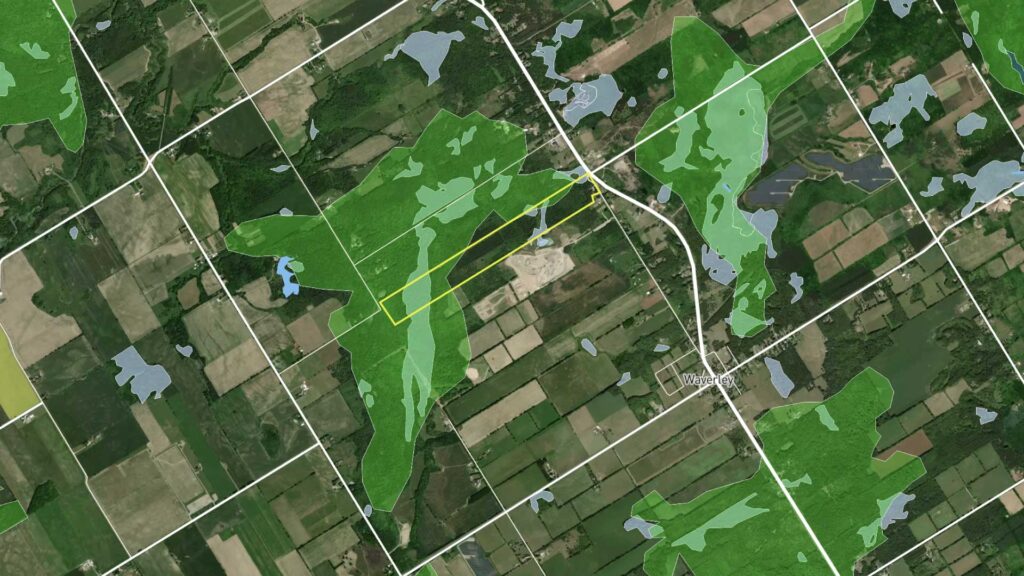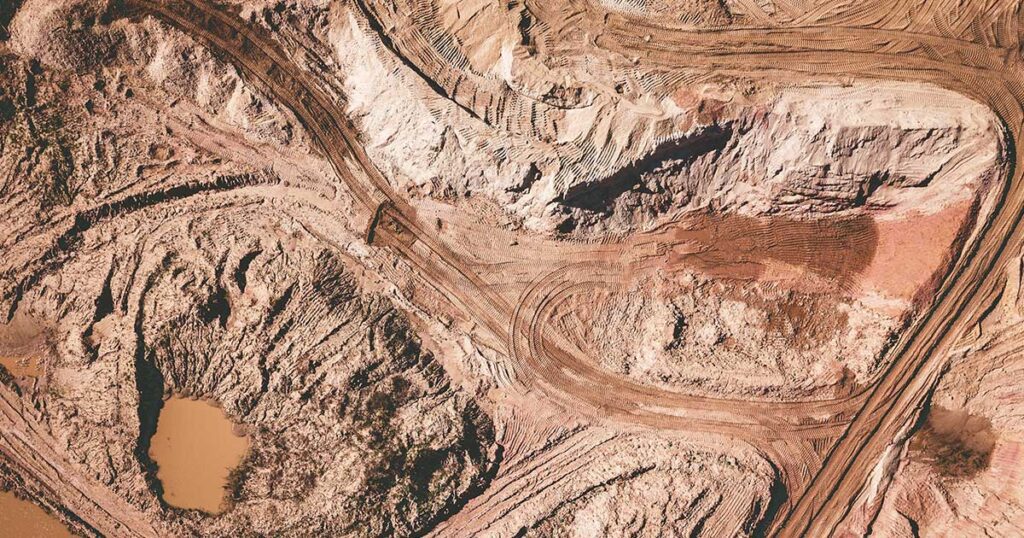This document responds to claims made by ‘KICLEI’ (Kicking International Council Out of Local Environmental Initiatives), an organization, seemingly led by a single individual, Maggie Braun, that advocates for municipalities to withdraw from global warming initiatives.
The document is lengthy. It does not have to be read in its entirety (indeed, it may be most useful as a reference document to ascertain the validity of different claims on an as-needed basis) to understand that the materials it counters are a grab-bag of claims, many rooted in conspiracy theories, many unsupported by evidence. Where attempts are made to provide sources and supporting facts, it is often in the form of links to Ms. Braun’s own work, or to other materials that remain well within the conspiracy echo chamber.










